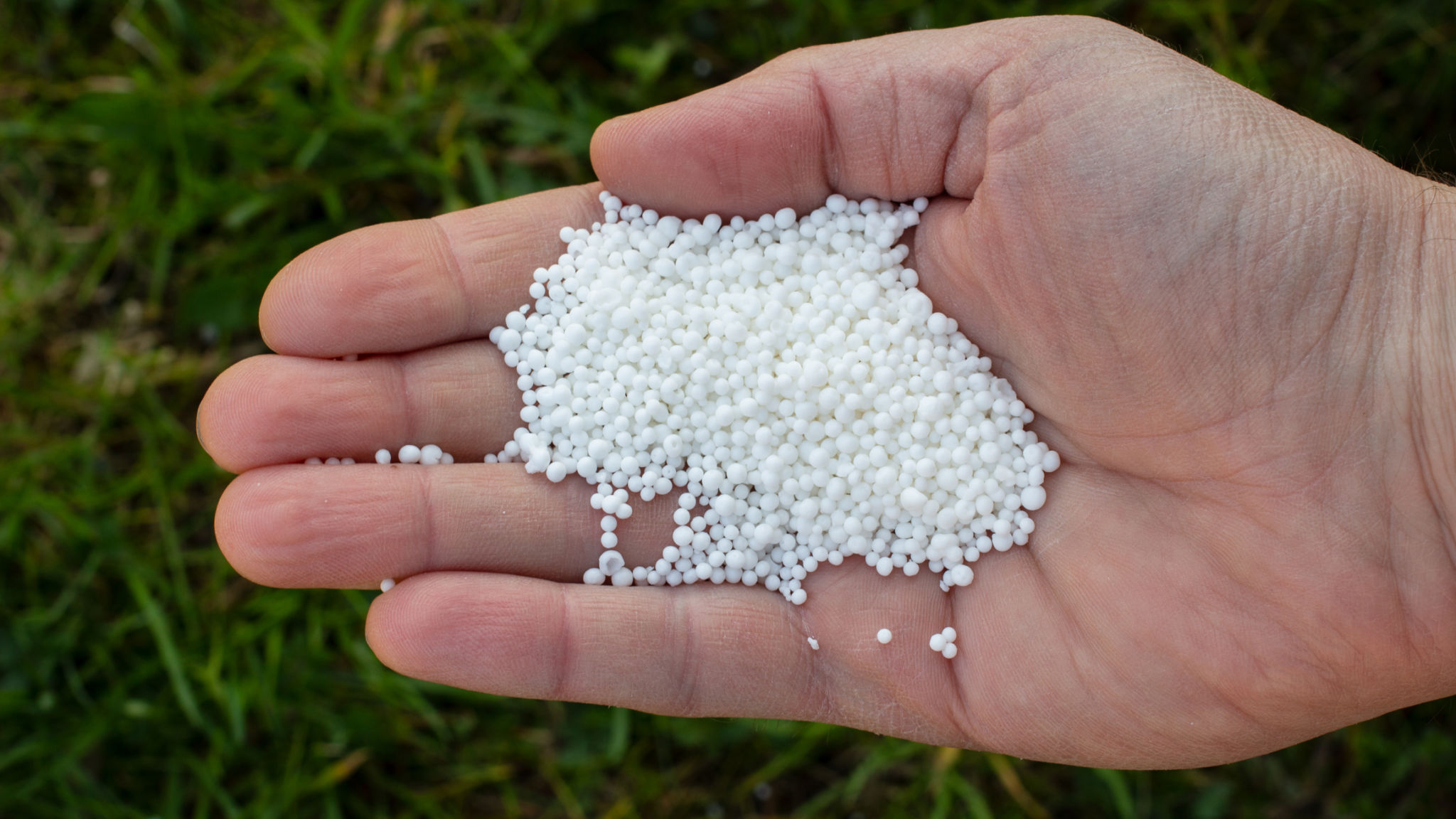Comparing Fertilizer Types: DAP vs. SSP vs. TSP
Understanding Fertilizer Types
Choosing the right fertilizer can make a significant difference in the health and productivity of your crops. Among the various types available, DAP (Diammonium Phosphate), SSP (Single Super Phosphate), and TSP (Triple Super Phosphate) are commonly used. Each has its unique characteristics, applications, and benefits, which can be crucial depending on your specific agricultural needs.
The key to effective fertilization is understanding the nutrient requirements of your soil and crops. By comparing these three popular fertilizers, you can make an informed decision that enhances your crop yield and soil health.

DAP: Diammonium Phosphate
DAP is one of the most widely used fertilizers globally due to its high nutrient content and cost-effectiveness. It contains both nitrogen and phosphorus, essential for plant growth. With a nutrient ratio of 18-46-0, DAP provides a significant amount of phosphorus and a moderate amount of nitrogen.
Benefits of DAP:
- High phosphorus content supports root development.
- Easy to apply and can be used for various crops.
- Suitable for soils with low phosphorus levels.

SSP: Single Super Phosphate
SSP is an older type of fertilizer but still popular due to its ability to improve soil structure. It contains 16-20% phosphorus, along with calcium and sulfur, which are beneficial for plant growth. SSP is particularly effective in areas with sulfur-deficient soils.
Benefits of SSP:
- Improves soil structure by adding calcium.
- Provides essential sulfur for protein synthesis in plants.
- Cost-effective for large-scale farming operations.
TSP: Triple Super Phosphate
TSP is known for its high phosphorus content, providing about 44-46% phosphorus. Unlike DAP and SSP, TSP does not contain nitrogen, making it suitable for use where nitrogen levels are already adequate or when combined with other nitrogen-rich fertilizers. TSP is often used in soils with a high demand for phosphorus.
Benefits of TSP:
- High phosphorus concentration enhances flowering and fruiting.
- No nitrogen content allows for tailored fertilization plans.
- Effective in lands with high phosphorus requirement.
Choosing the Right Fertilizer
The choice between DAP, SSP, and TSP depends on your specific agricultural needs, soil conditions, and crop requirements. If your soil is deficient in phosphorus, all three options can be beneficial, but the choice will depend on additional factors such as soil pH, existing nutrient levels, and specific crop demands.
It's essential to conduct a soil test before selecting a fertilizer. This test will provide you insights into which nutrients your soil lacks and help you choose the most suitable fertilizer type. Moreover, combining these fertilizers with other nutrient sources can further optimize plant growth and productivity.
Ultimately, the right fertilizer choice will lead to healthy plant growth, improved yields, and sustainable farming practices. Understanding the properties and benefits of each type will enable you to make an informed decision that aligns with your agricultural goals.
